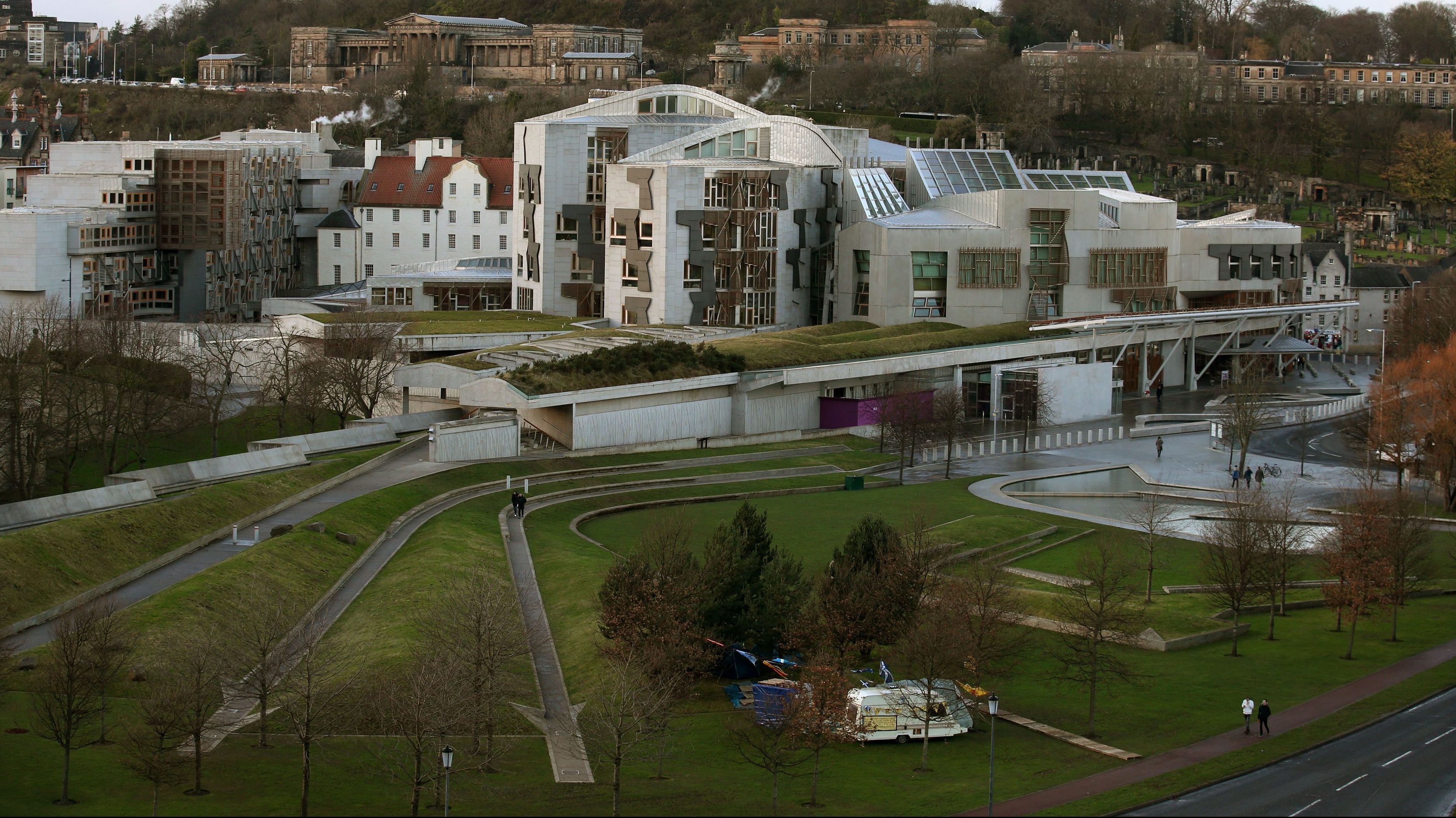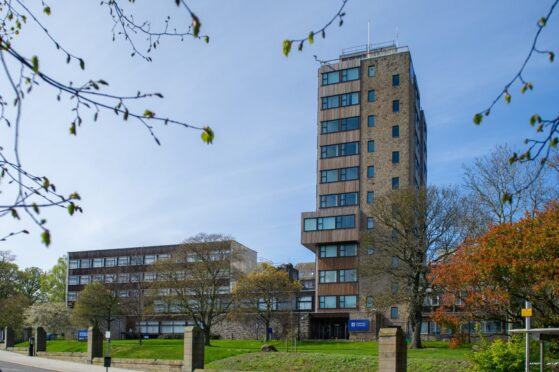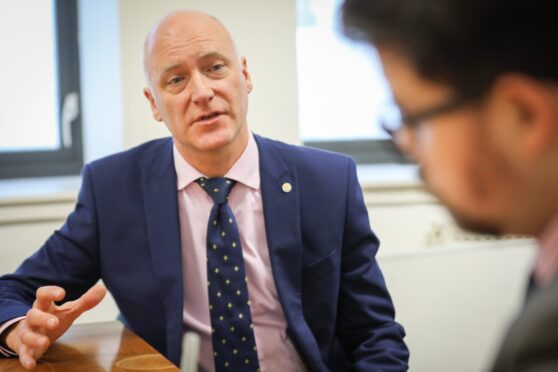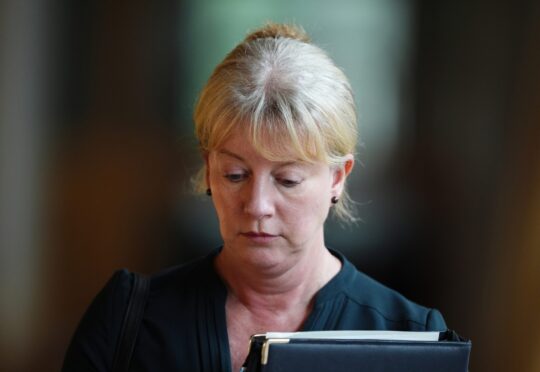Independence campaigners camping outside the Scottish Parliament have lost a court appeal against their eviction.
The group set up camp outside Holyrood in November 2015 and pledged to stay until Scotland gained independence, sparking a court battle as the Scottish Parliamentary Corporate Body (SPCB) sought to remove them.
Judge Lord Turnbull ruled in favour of the Parliament at the Court of Session in July and granted a petition to have the campers evicted.
The campaigners had argued that eviction would infringe their rights to freedom of expression and put forward several arguments against eviction — including claims that Jesus Christ had given permission for the camp, and that all judges were criminals and should be executed, along with the Queen.
They launched an appeal to the Inner House of the Court of Session, claiming Lord Turnbull had “erred” and that the original decision breached their rights.
Now, a written judgment by the Lord Justice Clerk, Lady Dorrian, Lord Menzies and Lord Glennie has backed the earlier decision and allowed the parliament “immediate extract” – meaning the SPCB can immediately apply to the court for an order to remove the camp.
The appeal judgement read: “The evidence which was available to the Lord Ordinary was ample to entitle him to make the factual findings upon which his decision was based.
“It is clear from the terms of his opinion, the essence of which we have recited above, that he considered all the issues relevant to the issue of the proportionality of the order which he was being asked to make, and we can discern no error in law in his doing so.”
The appeal judges added: “The Lord Ordinary considered that no evidence had been presented to justify a 24-hour permanent presence as essential, and a submission to that effect was undermined in numerous ways, not least the absence of a unified focus for the camp, some referring to it as a peace camp, some as a protest in support of Scottish independence, or against corruption, and others attracted by spiritual considerations.
“Further, the individual residents of the camp may each be present only intermittently. The Lord Ordinary could not accept that the continuous nature of the camp was of the essence of the protest being made.”










